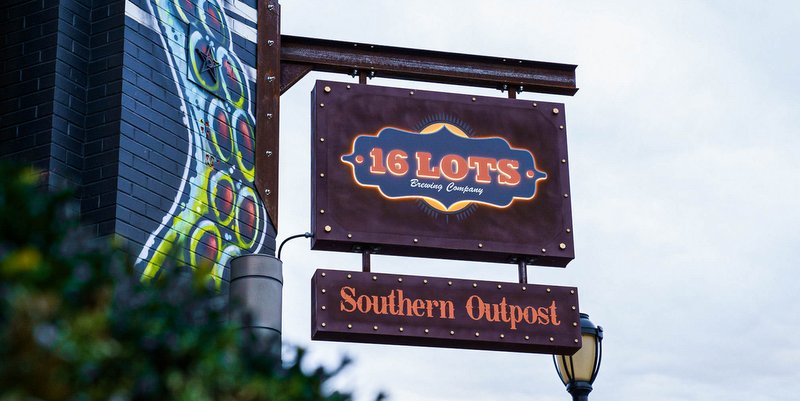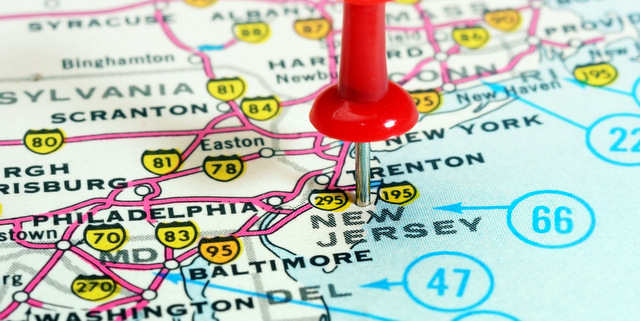
While 2021 presented numerous challenges to the craft brewing industry due to disruptions from labor and materials shortages, many craft breweries have been able to weather the storm. Even as we saw taprooms, bars and restaurants reopen last year, we continued to see breweries rely on distribution for additional revenue, a trend that began in 2020 when breweries were forced to sell directly to consumers through different means due to restrictions from COVID-19.
While many COVID restrictions have been lifted, craft brewers continue to welcome this additional source of revenue. Many within the brewing industry were buoyed by federal support through the Restaurant Revitalization Fund (RRF), the American Rescue Plan Act, and the Craft Beverage Modernization and Tax Reform Act (CBMTRA). One broad and encouraging trend is the diversification of beer consumers and producers.
However, 2021 was not all strong headlines and growth.
- Severe weather events, climate change, and labor and manufacturing shortages impacted the brewing industry in 2021. Barley production in the U.S. was down 31% from 2020, representing the smallest U.S. crop since 1934.
- The future of hops may also be in jeopardy as first-year plantings of hops were heavily impacted by the record heat in 2021.
- Liquor makers are actively campaigning to remove tax burdens that will make hard beverages more competitive with consumers.
- Finally, America’s largest aluminum can producer announced a fivefold increase to their minimum order requirement. As of December 31, 2021, Ball Corporation decided to postpone the changes until March 1, 2022, but noted that they are facing challenges to give delivery-date assurances to noncontracted customers. While the can producer will allow smaller orders through its distributors, the change in terms increases costs by adding another layer to the supply chain.
As we enter 2022, we anticipate two broad trends will emerge and grow in the craft beer market. First, we will likely see continued collaboration and exploration of cannabis beers. Second, as the blockchain continues to prove its worth and gains greater acceptance among consumers and brewers, there will continue to be creative marketing solutions and possible revenue sources for the beer industry.
Cannabis and craft beer
While the idea of cannabis infused beverages is not new for states like Colorado, where recreational cannabis has been legal for almost a decade, this year we anticipate seeing increased investment in cannabis beers. Cannabis beers can take the form of either CBD or THC infused products.
For example, in 2018, the founder of Blue Moon launched CERIA, a nonalcoholic beer company that also offers a cannabis-infused version of its products. CERIA was Colorado’s first THC-infused, nonalcoholic, craft beer and Molson Coors announced further investment in a CBD beverage line, Veryvell, in early 2021. Due to regulatory requirements, THC-infused beer will be nonalcoholic.
Brewers should be aware that cannabis brewing involves a high level of regulatory compliance and navigation beyond what is typically required for its alcoholic beer sales but should not be deterred from tapping into the multibillion-dollar growing industry.
Breweries adopt blockchain innovation
The blockchain, a word that may mean investment and millions in new money to some and confusion to others, is here to stay and has begun to find its way into the beer world. The blockchain is a decentralized ledger that provides transparency and can validate transactions through a public forum, instead of a private one. Cryptocurrencies like Bitcoin are built on and rely on blockchain technology.
Last year, the blockchain entered the beer market through so-called nonfungible tokens (NFTs). NFTs are unique, digital assets that are often used for selling digital art. NFTs are also used as a token, allowing an owner to be part of an exclusive community or entitled to certain benefits.
At least three breweries dove headfirst into the NFT space last year, each with a different plan. Denver Beer Co. launched a “Beer For Life” NFT that it auctioned online, fetching 4.33 ETH or about $16,000. This is a direct sale that allows the holder of the NFT to redeem up to four beers each day at any of Denver Beer Co.’s taprooms. Alternate Ending Beer Co. licensed a popular NFT, taking the “community” NFT approach by licensing a Bored Ape Yacht Club NFT to market its first-in-the-country malted peas grisette. This tactic of licensing the NFT can engage an entirely new community that may not have been a part of or interested in the craft beer industry before. Finally, 7 Bridges Brewing Co. created a craft beer NFT, which allows purchasers to take their beer into the metaverse, a 3D virtual platform that has been widely popularized through Facebook’s recent rebrand to Meta.
No idea is too large or too small for blockchain and its seemingly limitless possibilities for innovation both inside and outside of the beer industry. We anticipate other brewers, as well as the entire beer industry, will build on the great work done in 2021.
Looking into the future
While challenges lie ahead due to ongoing labor shortages, lack of materials and supplies, and the unknowns related to COVID, the brewing community has always shown its resiliency in hard times and ability to capture the minds of millions through its creativity and disruption of a traditional space. We anticipate seeing more traditional market expansions and contractions as well but are excited about the future of the craft industry as it partners with others on the cutting edge, such as cannabis companies and innovations on the blockchain, NFTs, and other digital assets.
Bobby W. Dishell is an attorney at Moye White, where he focuses on real estate leasing, cannabis certifications, and representing Colorado’s craft brewers in all aspects of business-related matters.





Leave a Reply
You must be logged in to post a comment.